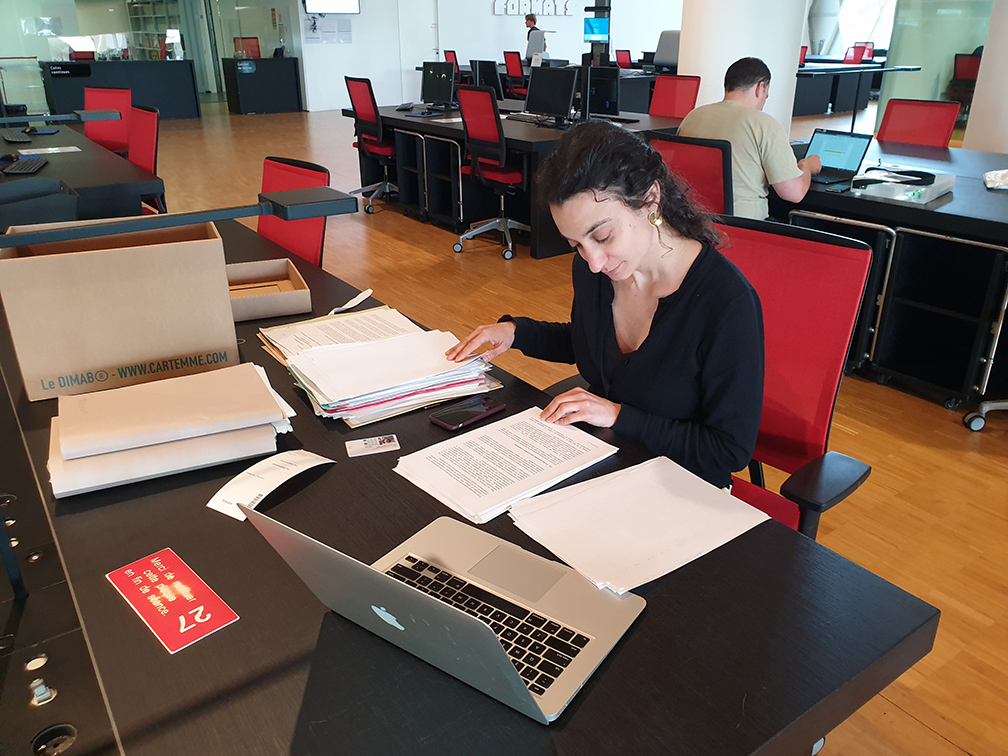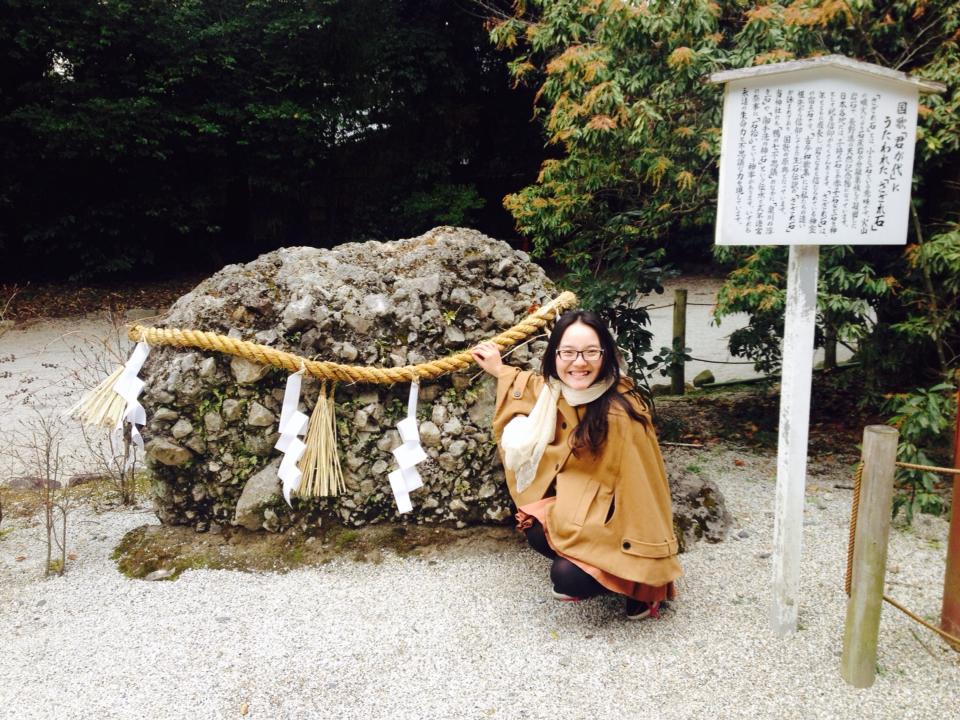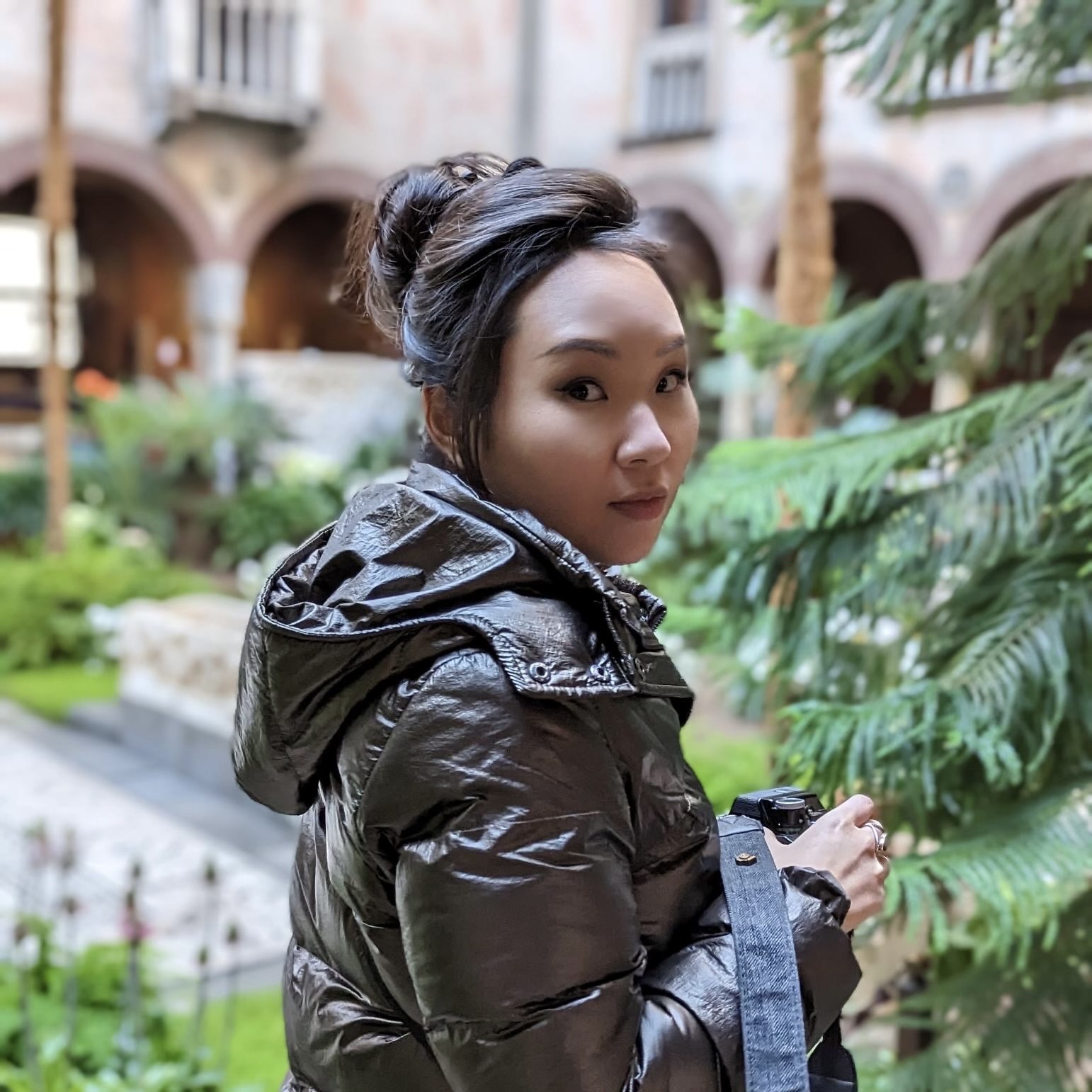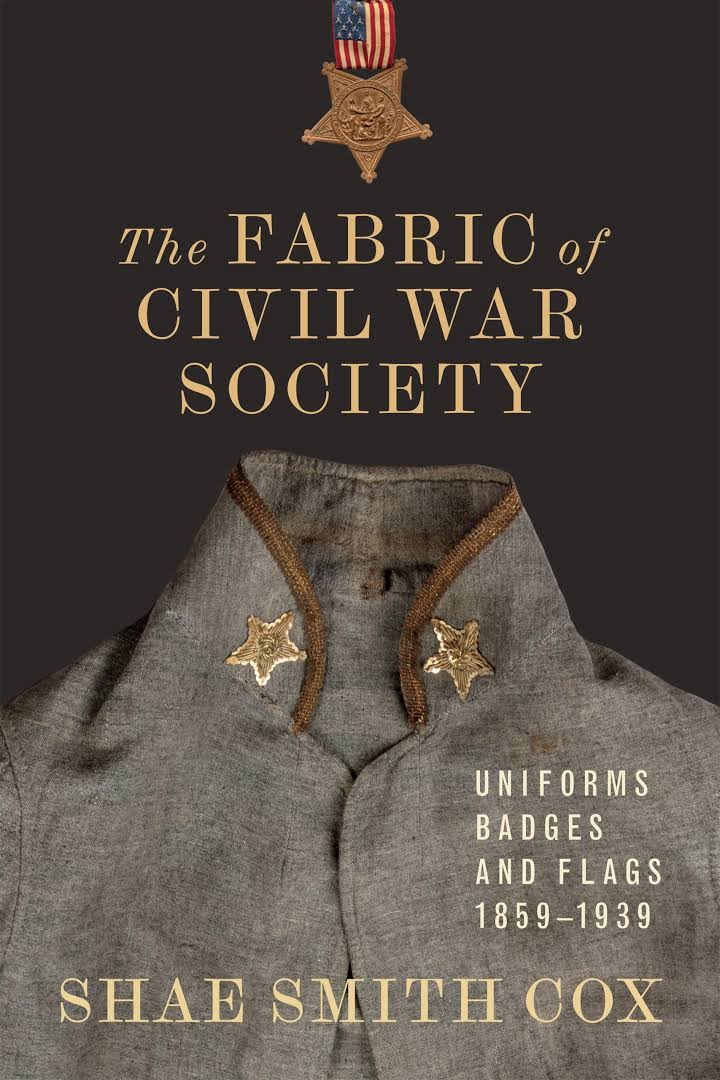
Miranda Sachs studies childhood in nineteenth- and twentieth-century France. Her first book, “An Age to Work: Working-Class Childhood in Third Republic Paris,” looks at the moment when the French government began regulating child labor in the late nineteenth century. She considers whether child labor laws changed how people in France thought about childhood. For instance, did working-class parents begin to think of their children as fragile beings rather than money-makers? The book demonstrates that laws around children’s work and delinquency wound up reinforcing divisions within childhood. These laws reinforced the idea that working-class childhood would grow up to be workers and that working-class girls could only labor in certain jobs that would prepare them for motherhood. Dr. Sachs is currently working on a new book that moves forward one hundred years to France in the 1970-1990s. In this book, which is tentatively titled “Love and Identity in Contemporary France,” she looks at the experiences of second-generation immigrants. She is particularly interested in their encounters with various forms of sex education.

Lina Nie is a historian of premodern China, Japan, the Mongol Empire, and maritime East Asia. She is currently writing a book on diplomatic exchanges among China, Japan, Korea, and Mongols from the eleventh to fifteenth centuries. By closely reading and cross-referencing sources from China, Japan, Mongols, and Korea, this book underscores how different players portrayed one narrative differently, thus highlighting the need to go beyond national boundaries to study historical events and rethink important terms such as nation-states, ethnicity, international order from a multilingual and transregional perspective.

Justin Randolph is a historian of the United States and the American South after the Civil War. His first book project, “Mississippi Law: The Crisis of Policing and Reform in America’s Jim Crow Countryside,” asks how law enforcement developed over the period of Jim Crow apartheid, a time of formal racial segregation and Black voter suppression between 1890 and 1980. Randolph’s approach to this question engages the methods of social and political history, including oral history interviewing, rural and agricultural history, African American history, and carceral state studies. His other research projects include a long-term oral history project with the first generation of Black law enforcement officers after segregation, a microhistory of debt slavery from the 1950s, and a student-involved public history project that seeks to document and understand the proliferation of police memorials across the southern landscape during the Black Lives Matter movement.

Che Yeun is interested in the idea that every human body is endlessly different. At the same time, some of the most universal intimacies we share with each other are our experiences of health, illness, and sensing the world around us through our bodies. Her research explores this power of the human body in social, political, and technological history. How have perceptions of the human body changed over time? What kinds of tools and concepts have been used to know, control, and manipulate the human body? How have scientific claims about “normalness” or “naturalness” informed the laws, tools, and rituals of governing the body in everyday life? Her first book investigates these questions by tracing the rise of consumer products in the 20th century that were used to clean and maintain the body, namely soaps, perfumes, deodorants, and insecticides. These products promised consumers a wholly new way that the modern American self would look, touch, smell, and feel in an age of unprecedented pleasure and comfort. Their histories highlight the intimate connections between our bodies and the rise of synthetic chemistry, global warfare, consumer capitalism, and environmental crisis in the modern world.

Shae Smith Cox studies material culture and sensory history of the U.S. Civil War and Reconstruction era. As a Public Historian, she specializes in museum studies, material culture, oral history, and memory. LSU Press published her first book, The Fabric of Civil War Society: Uniforms, Badges, and Flags, 1859-1939, in February 2024. She recently co-authored an entry in 64 Parishes about Smithridge, a historically Black community founded after the Civil War in Louisiana.
